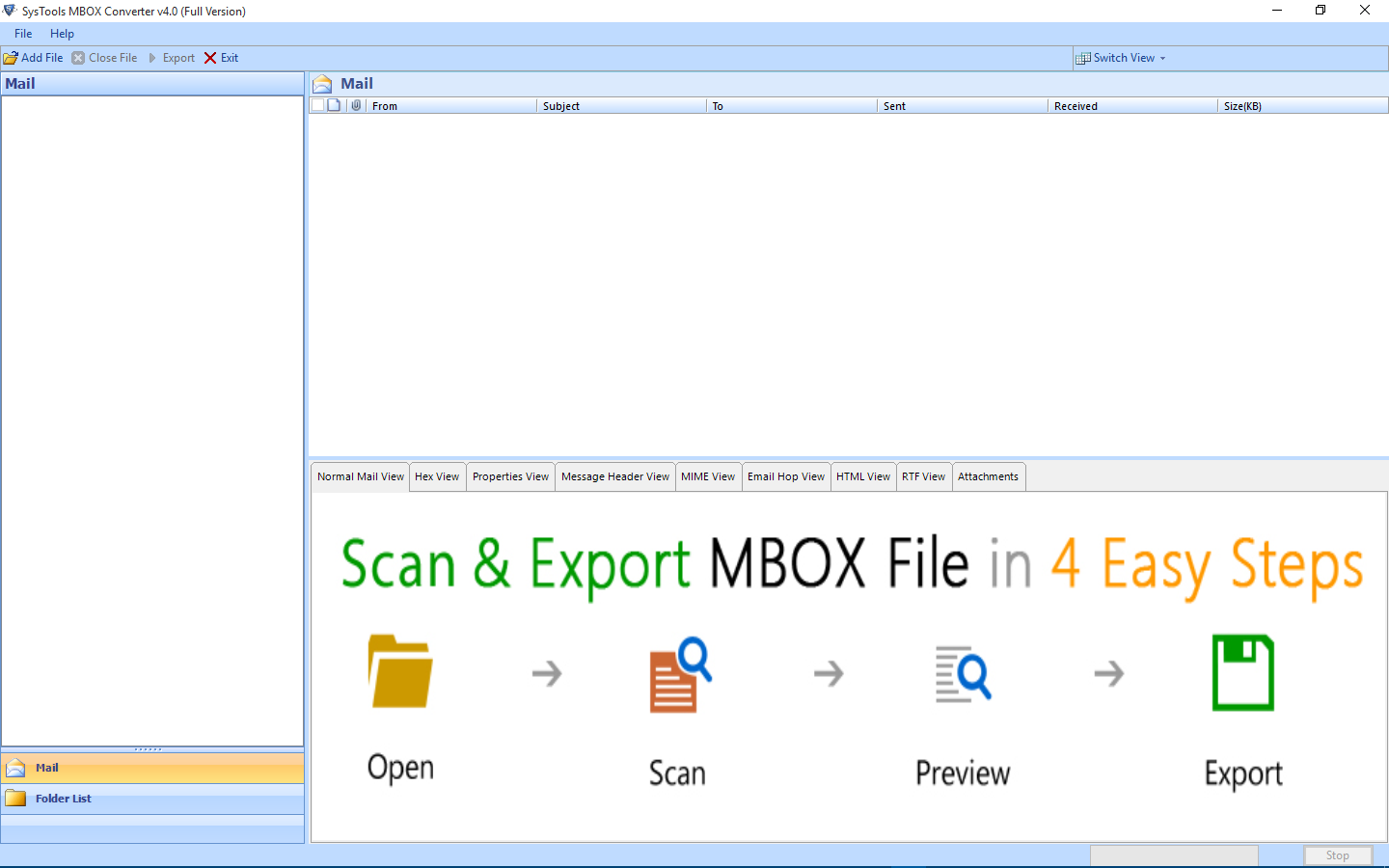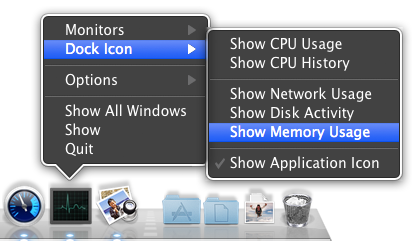


One active/busy container shouldn't slow down other containers by consuming all of the CPU resources. One can optimize the resource usage of Docker hosts by being aware of how much CPU the hosts and containers consume. CPU% stats ĬPU is expressed as a percentage (%) of the overall host capacity. Let’s break down all the stats given by the command. The docker stats command returns a live snapshot of resource usage by Docker containers. Understanding the docker stats command output This command shows the stats for all the running Docker containers. Running the docker stats command produces an output that looks like the code snippet below. The docker stats command output includes CPU stats, memory metrics, block I/O, and network IO metrics for all active containers. You can restrict the statistics by entering the container names or IDs you're interested in monitoring. By default, it shows CPU and memory utilization for all containers. The docker stats command is a built-in feature of Docker that displays resource consumption statistics for the container in real-time. In this article, we will deep dive into the docker stats command that can be used to monitor Docker metrics right from the terminal. To get started with SigNoz, please visit the documentation.

SigNoz, an open-source observability tool, can help make your containerized applications observable. Troubleshooting performance issues is easier with a robust observability framework in place. It helps engineering teams have more confidence in their production environment. Observability is critical for modern cloud-native applications. Observability for your containerized application Note that these are in-built features of Docker. There are several ways in which Docker metrics can be monitored. To monitor Docker, it is crucial to gather performance-related metrics from various system elements, such as containers, hosts, and databases. The docker stats command returns a live data stream of your running containers.ĭocker is a containerization platform that lets you separate your applications from your infrastructure to deliver software quickly. Docker stats is a built-in feature of Docker containers. This makes monitoring a challenge due to Docker's scaling and redeployment features. Docker containers are transient (lasting for a very short time), spawning quickly and in high numbers, which causes metrics bursts.


 0 kommentar(er)
0 kommentar(er)
